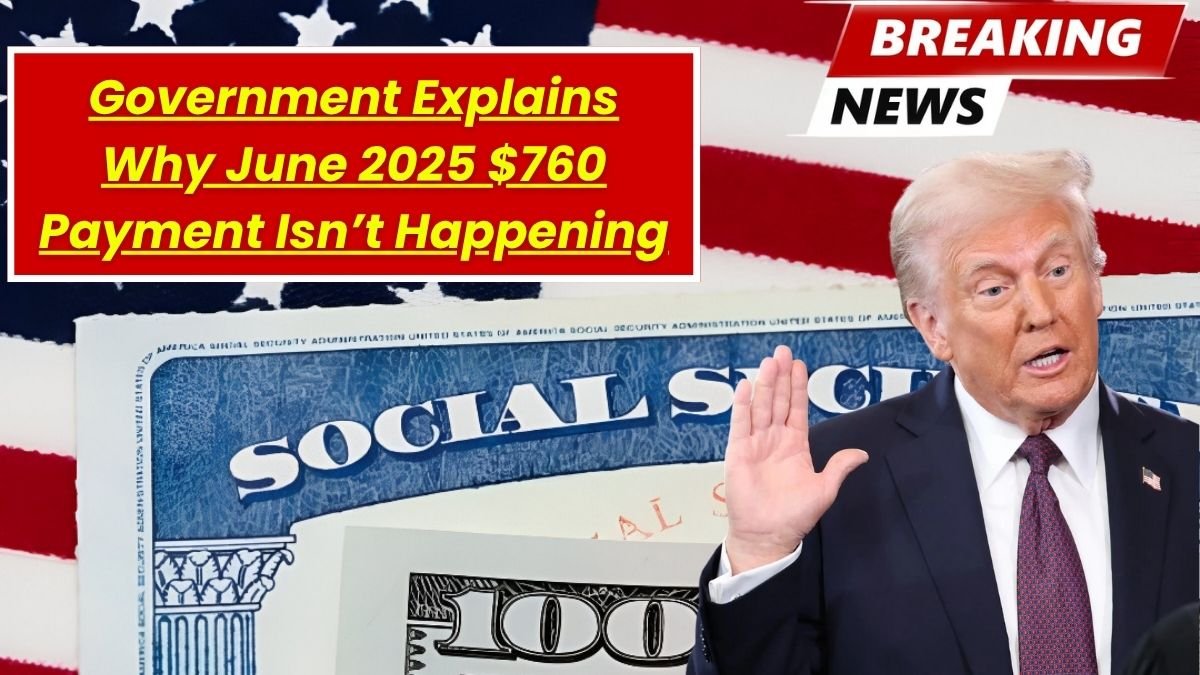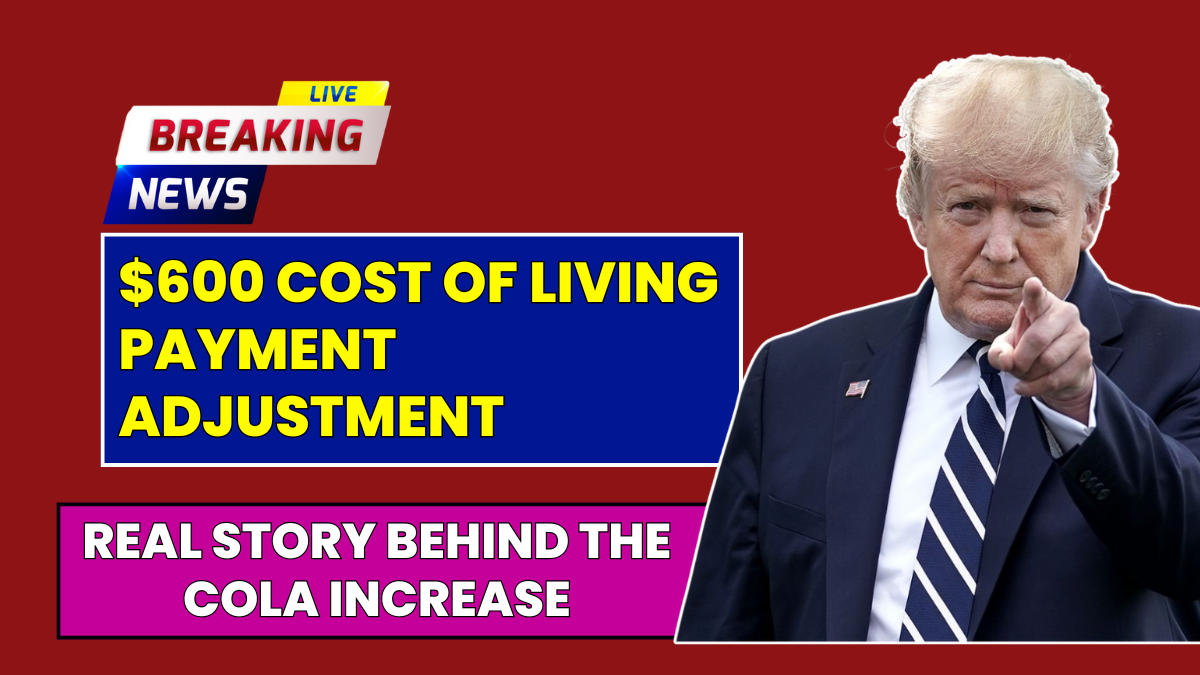The news announced recently by the Department for Work and Pensions of the United Kingdom is to propose reforms that have the potential to slash the already meager income of young people on Universal Credit. Under this proposal, the LCWRA (Limited Capability for Work and Work-Related Activity) component will be removed for persons under 22.
The health-related support is given to those not able to work due to an illness or disability. This extra £390.06 a month, that is, around £90 a week under LCWRA at the moment, contributes in various ways to easing the burden of necessities such as housing, educational needs, medical requirements, and transport.
What Is the DWP Reform and Why It Matters
The DWP, Department of Work and Pensions, recently considered a proposal which would affect the income of thousands of young Universal Credit claimants in Britain. The proposal would stop the “Limited Capability for Work and Work-Related Activity” (LCWRA) support to all individuals under 22 years. This is meant to cover those who are either physically or mentally incapable of working.
Thus far, this aspect was offering an increment of around £390 every single month or £90 weekly by then, which had relied on many young disabled persons in so far as meeting basic needs is concerned. This reform implies cutting the support to many young people by more than half, and they could therefore face challenges financially.
What is LCWRA and why is it important?
The role of LCWRA is to pay financial assistance to young people who have been medically certified as incapable of work. This benefit is granted only if the Work Capability Assessment has determined that a person is unfit for work or for training. A number of young persons from the age group of 16 to 21, who have a long-term illness or special needs, qualify to become recipients under this support scheme.
The Universal Credit structure as per 2025 rates is as follows:
| Universal Credit Component | Monthly Amount | Weekly Equivalent |
|---|---|---|
| Standard UC for Single Claimant (Under 25) | £311.68 | £71.93 |
| LCWRA Support | £390.06 | £90.01 |
A massive 55% cut from around £161, which comes down to £71, is actually what beneficiaries will see on their weekly income if LCWRA is lifted.
The policy logic and questions for NEET young people
The government introduces this change in terms that reduce the number of young people be falling under the “NEET” category. That is Not in Employment, Education or Training. The DWP Minister believes that this will be motivating the young people into work or training.
Yet, many disability rights groups echo that this logic does not match with reality. Many young people from the NEET category are ineligible for the LCWRA as of now. The low 73 % amongst NEET young people could ever possibly be affected by the LCWRA, calling into question how valuable this change might prove in reality.
Effect on Student and Part-Time Workers
Student over nineteen usually attend specialized programs or rehabilitation programs and rely on Universal Credit and the LCWRA. When moving from dependent to independent beneficiaries, income has already dropped by £29.25 a week. Should the LCWRA be removed, it could mean a further reduction of around £97 in weekly income.
For instance, the majority of young persons with disabilities who work part-time use Universal Credit to supplement their meager salaries. It is only the LCWRA that keeps them in employment. Without it, many would quit their jobs.
Comparison of some examples:
| Scenario | Current Weekly Support | Proposed Weekly Support | Weekly Loss |
|---|---|---|---|
| Student in non-advanced education (age 20) | £170 | £73 | £97 |
| Disabled youth in part-time work (under 22) | £165 | £72 | £93 |
Disability community response and movement

Disability rights organizations have come together to wage a vociferous campaign against this proposal. Among them are Disability Rights UK, Special Needs Jungle and Contact, all of which have called for the withdrawal of this proposal. They say those most affected will be people already disadvantaged within society and for whom this support is the only support.
These organizations have started online petitions, letters to MPs and awareness campaigns so that the general public and policy makers understand that the impact of this proposal goes beyond statistics into real lives.
Who will be affected the most?
The groups mostly affected by the changes are:
- Disabled students aged 19 to 21 in non-advanced education
- Transitioning young adults from early childhood support to adult independence
- NEET young adults, medically or mentally proof of diagnosis
Part-time workers whom are below 22
- Those subjected to a long wait for treatment and rehabilitation
- Groups that would secondarily be affected are families with a disabled member who is earning an income.
- Caregivers negotiating increased dependence with the person they care for
- Commissions within local authorities forced to disburse extra funds as a result of these changes
Appeals to government for rethinking
As it stands now, this threat of a proposal poses immediate fiscal peril towards a really vulnerable portion of its citizenry. The government might be acting in good faith towards addressing youth unemployment; however, such measures risk compromising independence, education and health.
But this cut is in cash, 390 pounds a month. Without any form of alternative safety net, it could plunge a whole generation into marginalization.
All the stakeholders involved in disability rights have, therefore, appealed to the government to reconsider the proposal, address the affected communities directly, and assure them that progress already made toward inclusion and equality shall not be reversed.
Conclusion:
Should this DWP proposal go through, it could easily become a crisis for the thousands of young people already struggling with disabilities across the country along several fronts. In such circumstances, it becomes essential to ensure that, before a decision is made, the Government really understands all dimensions and manages to devise a solution that will prove fair and practical.
FAQs
Q1. What exactly is changing in the DWP reform for young people?
A. The DWP plans to remove the LCWRA component from Universal Credit for those under 22, which currently offers around £100 weekly support to disabled youth who can’t work.
Q2. Who will be most affected by this £100 weekly cut?
A. Young disabled individuals under 22, especially students and part-time workers relying on this benefit, will face the most significant income loss.
Q3. Why is the government making this cut to Universal Credit?
A. Officials say the change aims to reduce youth unemployment and dependency on benefits, though critics argue it unfairly targets the vulnerable.
Q4. How much will young claimants lose each month if this reform passes?
A. Those who currently receive the LCWRA component could see a reduction of up to £390 per month, which may impact their ability to afford basic needs.
Q5. Are there any efforts to stop or reverse this decision?
A. Yes, disability rights groups are actively campaigning against the reform through petitions, outreach, and direct appeals to government ministers.






